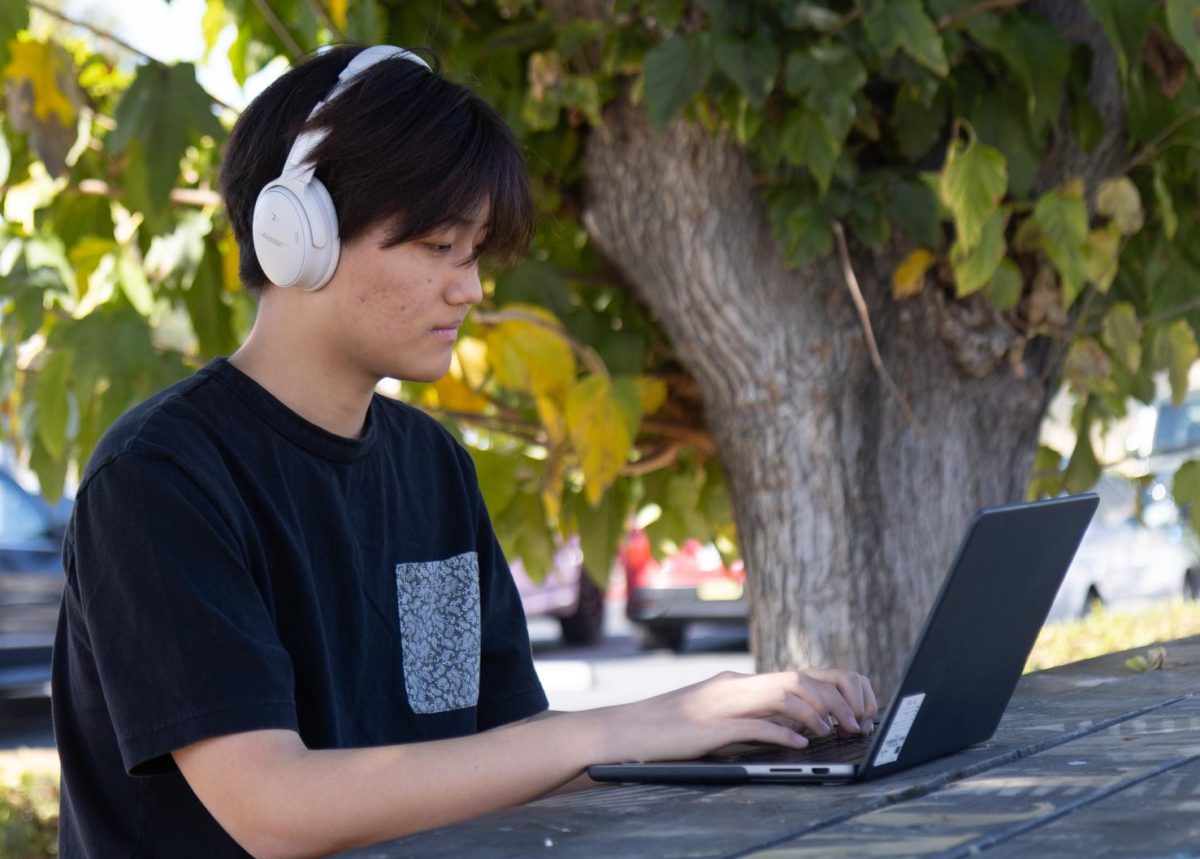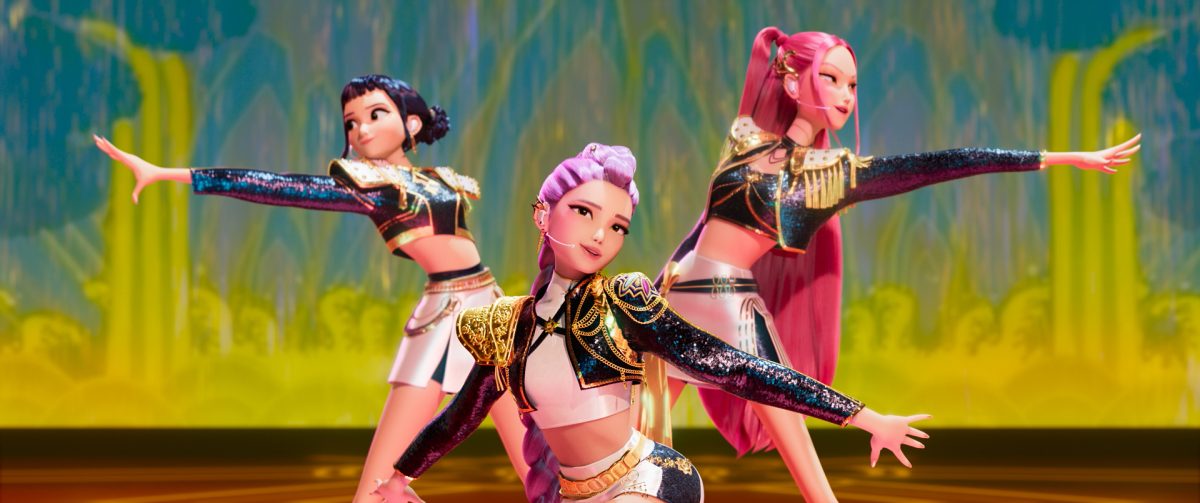Dear Spotify,
We students spend most of our day scrolling or staring at the screen.
I’m sure your marketing team is aware of the infinite scroll phenomenon.
Whether that be Instagram Reels, TikTok, YouTube’s hour-long videos or Shorts — we’re undeniably attached, maybe even addicted, to social media.
Naturally, companies like yours often capitalize off the giant revenue generated by our relentless love for electronic screens.
Reels and TikTok are already milking us, and I guess Spotify wants a sip.
With a reputation for accessibility and user-friendly interface, you guys boast having more than 100 million songs and six times more users, according to your About Spotify page. You’re the biggest music platform out there, and what you do could set a precedent for other sites like Apple Music or Pandora.
However, your nearly hundred billion dollar firm started hooking us teens onto your platform in 2019 when it imitated TikTok by adding Canvas, a feature that allows artists to create short several-second-long video clips that loop throughout a song.
With the implementation of Clips in 2023, you gave artists a space for 30-second-or-under vertical videos that could be attached to tracks and albums, granting singers and bands 20 more seconds to flaunt their talent. By integrating videos into preexisting features, you kept copying other apps — you’re even drawing inspiration from an established social media giant: YouTube.
Your latest update proves your unoriginality.
You posted on Nov. 13 an article on your “For the Record,” page titled, “Biggest. Change. Ever. Go Inside Spotify for Creators, the New Home of Podcasting on Spotify,” You describe Spotify for Creators — a new website platform where podcasters can upload video and audio files (as before), with the added benefit of tracking more detailed analytics and making more money from said posts.
When my journalism adviser brought this up, the article’s topic quickly shifted from the initial idea of a review of premium subscription services into a critique of the entirety of your most recent changes. The financial part of your update — officially called the Spotify Partner Program — allows creators to “earn a revenue share on ads played on or off Spotify, or they can earn based on how much Premium subscribers stream their video content [and] the video content will be uninterrupted by ads for Premium viewers,” according to its information page.
I’m not denying that the additional feature has genuine improvements for creators. But it shouldn’t be hard to see that the 626-million-user platform that you are shouldn’t be trying to take a piece of the giant money cake that supposedly comes with video content. The similarities between the two monetary systems are undeniable, and the Spotify Partner Program, in theory, was a good choice for the music streaming giant.
After starting its own Partner Program in 2007 — which gave creators a fraction of advertisement revenue and a decent amount of money depending on views, according to the YouTube Help Center — YouTube garnered 160 million users within a year, compared to 20 million in 2006. Given its success, I understand how you might assume you’ll get a taste of YouTube’s massive profits.
However, because YouTube is a platform built around uploading and monetizing videos, you won’t stand a chance. The update clearly revolves around creators, but its success is hard to support when it doesn’t improve user experience or your entire company. It just looks like you’re trying to take a bite of the current video media meta and failing.
I’ve yet to see a Spotify video podcast that hasn’t been uploaded to YouTube beforehand.
Slowly turning into a more video-centered platform might force you to change your app’s User Interface [UI] on computers, since the program currently plays video podcasts on the right sidebar of the window. Usually, that region in the UI is reserved for the song playing and typically takes up about an eighteenth of the screen from my experience. If the UI changes this way, it can be harder for users to manage playlists since the music or podcasts that are playing will take up most of the screen. And if you’re a company passing an update that gets in the way of its previous function for computer users, that’s probably not for the better.
Please don’t forget your original mission statement: helping users easily access quality music.
Look, I’m just another SoCal Asian student (you guys should read my fellow managing editor’s column in this same issue) yelling at you and your eleven-digit net worth, but this gamble to take on YouTube just gets in the way of your previous function and instead of doubling or tripling your revenue, this latest venture will cost you more than profit you.
Stick with what’s been working. Reversify, rectify — it’s not too late to keep your brand on top, Spotify.














